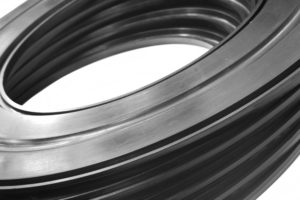Rigid polyurethane (PU) delivers a broad range of chemical resistance along with superior impact strength.
Benefits of Polyurethane (PU)
Excellent chemical resistance
Superior impact strength
Excellent mechanical properties
Opaque and translucent grades available
Technical Resources
- Polycarbonate vs. Acrylic vs. Glass: What’s the Best Fit for Your Project?
- PVC vs CPVC: Which Is Better?
- Polypropylene vs. Polyethylene: How Do They Differ?
- Thermosets vs Thermoplastics: How They Differ
- Homopolymer vs Copolymer
- Plastics Pyramid
- Amorphous vs Semicrystalline
- Fiber Reinforced Panel Alternatives
- How To Choose the Right Plastic for Your Project
- LEXAN™ CLINIWALL™: Next Generation Wall Cladding
- BioPhorum, Polymershapes, and the Future of Material Sterilization
- Design for Manufacturability and Its Importance
Suppliers / Brands
Common Applications
Physical Properties
| Units | ASTM Test | Rigid Polyurethane | |
|---|---|---|---|
| Tensile strength @ break @ 73°F | psi | D638 | 2,440 – 9,000 |
| Flexural modulus @ 73°F | psi | D790 | 5,500 – 390,000 |
| Izod impact (notched) | ft-lbs/in of notch | D256 | 0.18 – 1.8 |
| Coefficient of linear thermal expansion (CLTE) | (in/in F) | D696 | 2.25E-5 to 2.1E-4 |
| Water absorption – 24 hours – 1/8″ thick | 0.036 – 0.11% | D570 | 0.030 – 0.46 |
| Deflection Temperature Under Load @ 264 psi | °F | D648 | 115 – 204 |
* Technical Data is provided courtesy of UL Prospector (www.ulprospector.com) and IAPD (www.IAPD.org).
Data is to be considered representative and is provided for guidance only. All product performance must be verified by the user under actual application conditions.




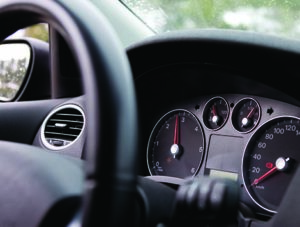 Automotive
Automotive
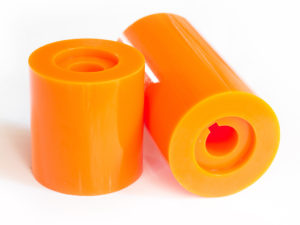 Bearings & Bushings
Bearings & Bushings
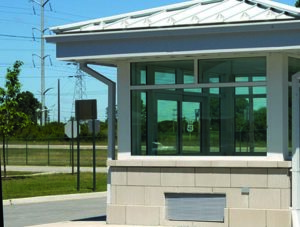 Building & Construction
Building & Construction
 Bus & Rail
Bus & Rail
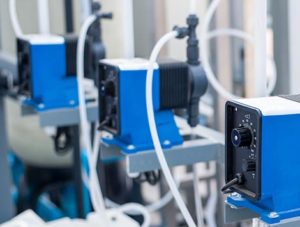 Chemical Processing
Chemical Processing
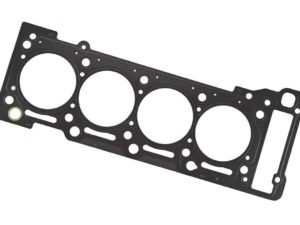 Die Cutters
Die Cutters
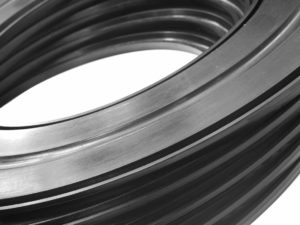 Gaskets & Seals
Gaskets & Seals
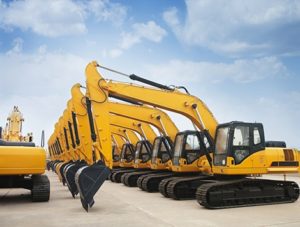 Heavy Equipment
Heavy Equipment
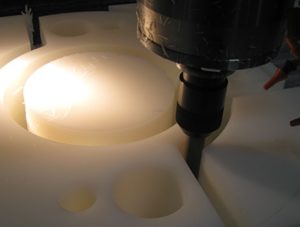 Machine Shops
Machine Shops
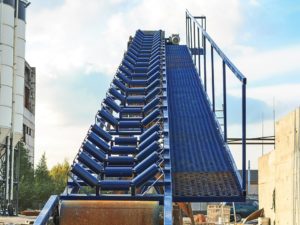 Milling & Mining
Milling & Mining
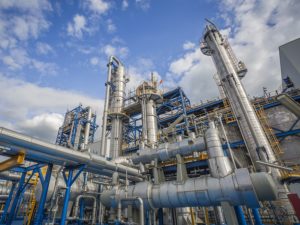 Oil & Gas
Oil & Gas
 Packaging & Conveying Equipment
Packaging & Conveying Equipment
 Playground Equipment
Playground Equipment
 Recreational Vehicles
Recreational Vehicles
